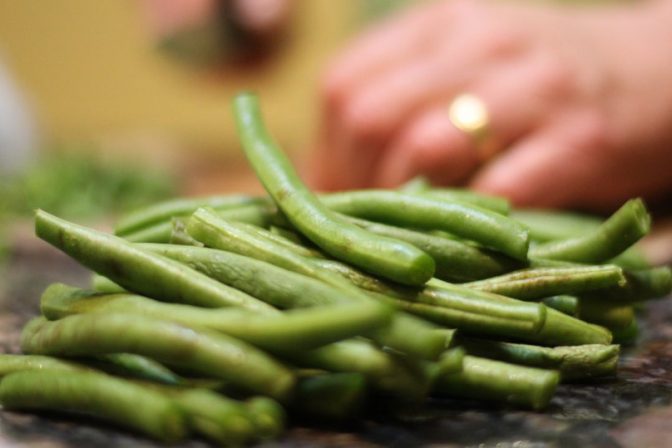Strawberries are straightforward and satisfying. There are a few things to think about before you get growing.
Seeds vs plants
Often, when we grow food crops in our garden we grow from seed. This is possible with strawberries, but they typically don't produce much fruit in the first year. For this reason, many people grow strawberries from potted plants / small plants from garden centres and nurseries. These plants should give around five to six years of good fruit.
When to plant strawberries
Mid-spring or early autumn are when strawberry plants are available and good to plant.
If you plant in mid-spring, you may get some fruit that year. The fruit is likely to be better the following years, though.
Where to plant strawberries
Strawberries usually grow best and produce most fruit when they get a good amount of light. Somewhere sunny or lightly shady in the garden is best. If you have a very shady garden, you may be better enjoying the candy-like texture and taste of alpine strawberries. The size of fruit with alpine strawberries is much smaller, though.
Strawberries like free-draining soil, that won't get too waterlogged.
One of the wonderful things about strawberries is their ability to grow happily in different places. You could put them in the ground in a vegetable bed or flower border. Or, you could grow them in a raised bed, a pot on the patio, a windowsill box or even in a hanging basket.
How to plant strawberries
In general, strawberry plants need to be spaced around 30cm-60cm apart. This changes by variety - check the plant label for instructions.
When you plant your strawberry, you must leave the crown above ground. The crown is the central point of the plant that sits directly above the root ball. This is because new growth comes from here.
Water your strawberries well after planting. This will help them establish (settle into the location) and then they tend to look after themselves through to harvest time.











